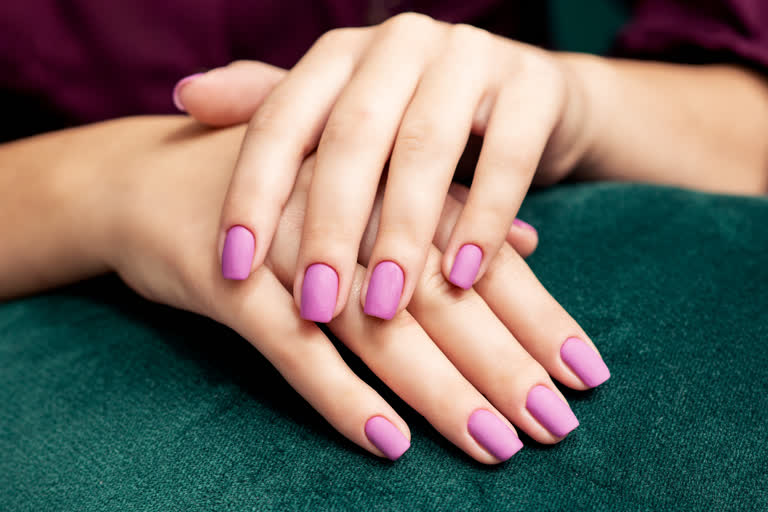Did you know, our nails reflect our health? We often don’t pay much heed to our nail health, but they can be indicative of certain severe health conditions as well. This is another reason why most doctors along with looking at your tongue look at your nails too. Women usually like their nails beautiful and painted, but how the nails are underneath the paint is something we need to focus on. Too pale, brittle, whitish and all such types of nails can be associated with your gut health, liver disease, lungs, heart, etc. Let us know more about it.
- Pale Nails
Unusually pale nails can be a sign of certain serious illnesses such as anemia, malnutrition, congestive heart failure, live disease, etc. Also, if the nails are white with darker rims, it may indicate liver-related problems. - Yellow Nails
It is mostly the fungal infection that is responsible for the yellowing of the nails. If the infection worsens, the nails may even thicken and crumble. Sometimes your nails may get yellowish too if you use low-quality nail paint or wear it for a long time. Yellow nails can also be indicative of serious health conditions related to thyroid, lung, diabetes, psoriasis, etc. - Split or Cracked Nails
Here, the nails are dry and brittle and if the nails are easily injured, it can also be a sign of malnutrition. Studies have also linked such nails to thyroid disease. Cracked or split nails with a hint of yellow color can be a sign of fungal infection as well. - Puffy Nail Folds
It refers to the red and puffy skin around the nails and is also referred to as the inflamed nail fold. It can be due to an infection but can also be a sign of lupus or some other connective tissue disorder. - Blue Nails
Blue nails can be a sign that your body is not getting sufficient oxygen and can be associated with lung and heart problems. It can also be a side effect of a drug. - Gnawed Nails
This can be commonly seen in people who have a habit of chewing or biting their nails. Prolonged nail-biting can cause this condition. However, this condition is also linked to obsessive-compulsive disorder (OCD) and even anxiety.
